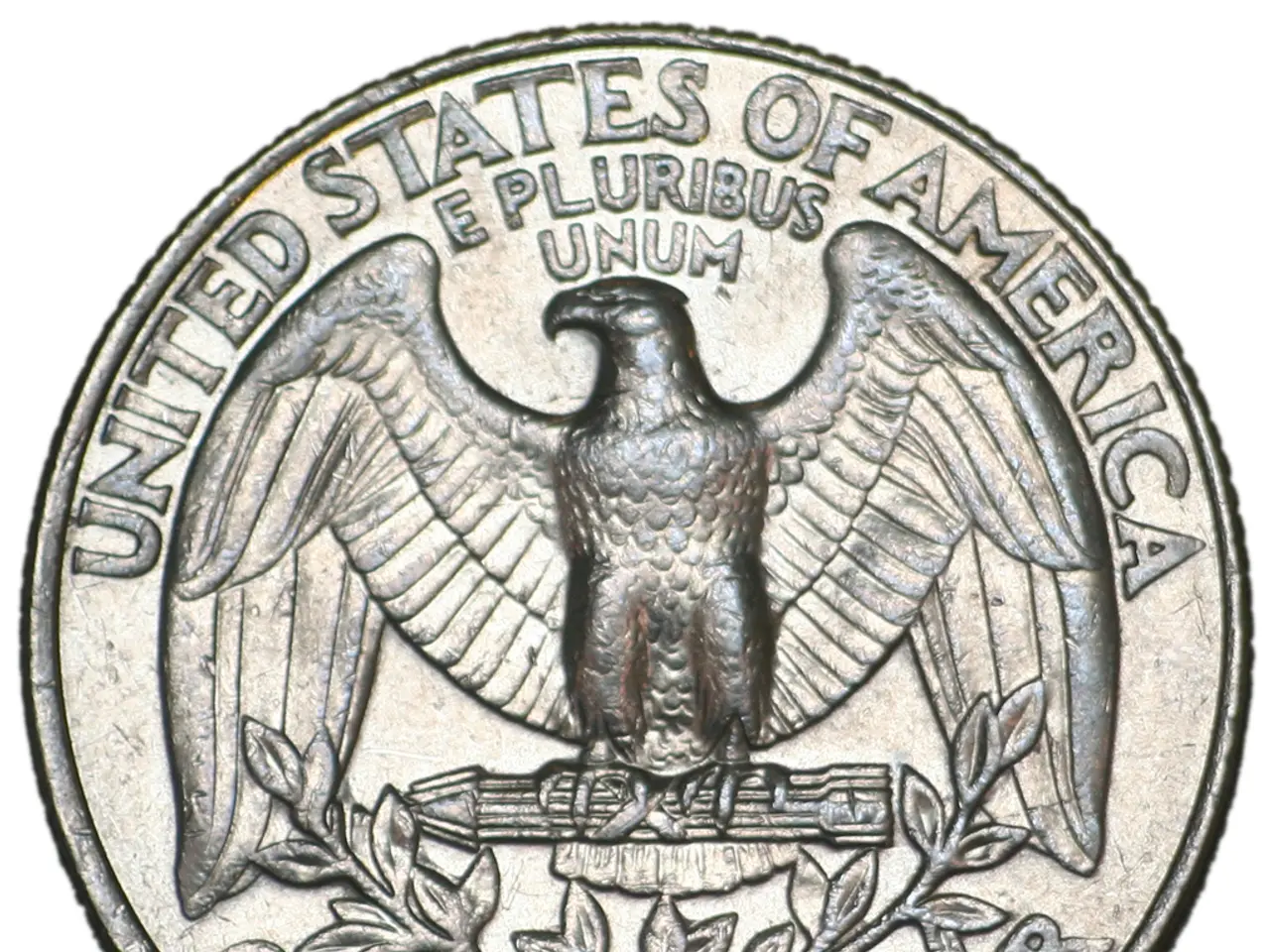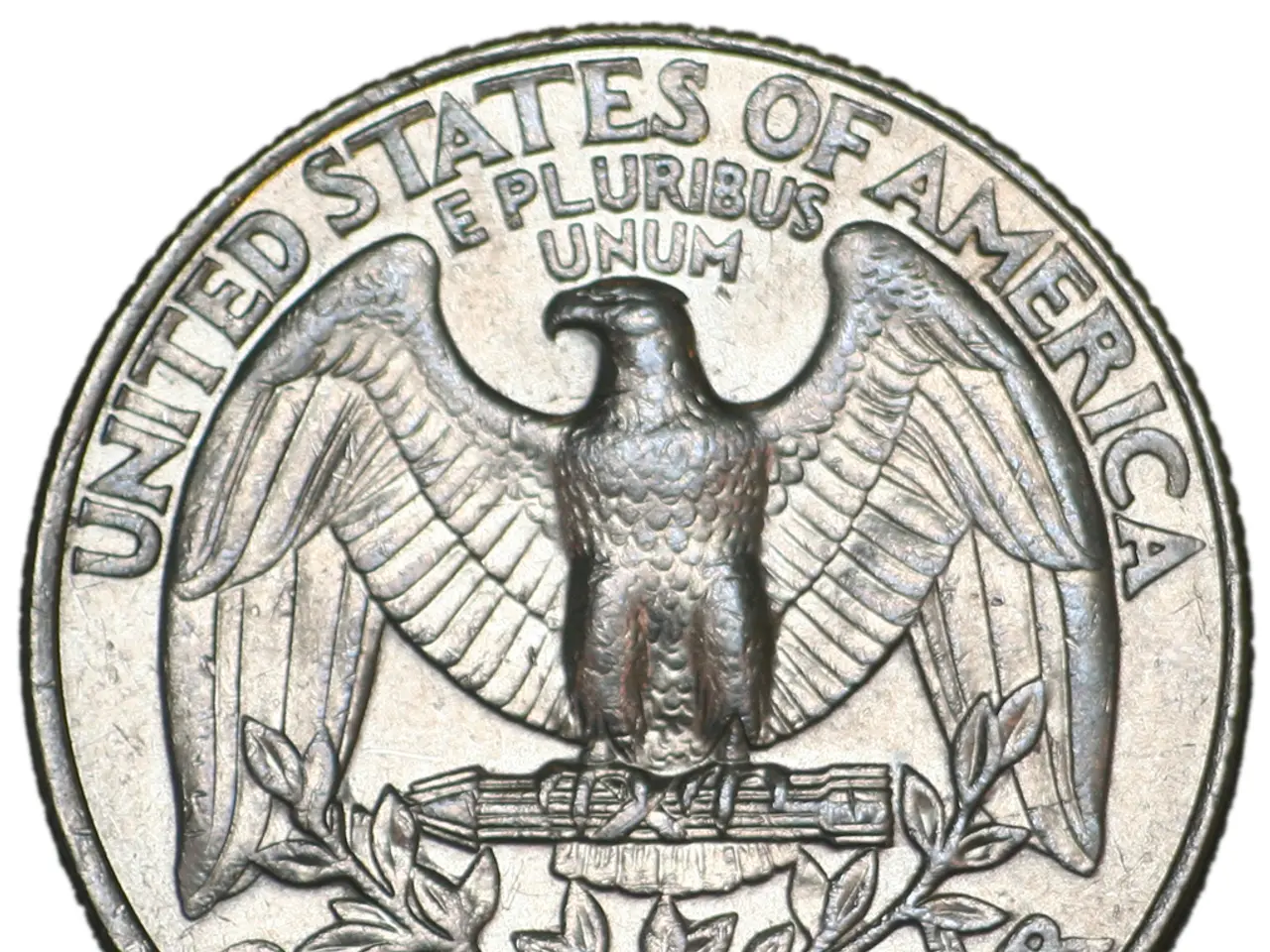Guidelines for Engaging with Exchange-Traded Funds That are Operational (Active ETFs)
=================================================================================================
The growth of Exchange-Traded Funds (ETFs) in Europe and the US is being driven by regulatory evolution, increasing institutional demand, investor education, and product innovation. Active ETFs, in particular, are gaining traction as investors appreciate their enhanced transparency, liquidity, potential for alpha generation, and tax efficiencies compared to traditional mutual funds.
Factors driving active ETF growth
Regulatory frameworks in Europe have evolved to support active ETFs, making them more accessible and attractive to institutional investors and wholesale distributors. The US Securities and Exchange Commission (SEC) eased rules on disclosure in 2019, and other jurisdictions like Ireland and Luxembourg subsequently followed suit.
Increasing investor education and awareness around the benefits of active management combined with the ETF structure has led to greater adoption. According to a survey, 50% of European investors now allocate to active ETFs compared to 21% a year ago.
Product innovation and migration from mutual funds to ETFs have expanded the active ETF menu, covering equities, fixed income, and specialty strategies.
Tax benefits are prominent for European ETFs, especially Irish-domiciled ones that benefit from lower US dividend withholding tax (15% vs. 30%), which can improve after-tax returns for investors with US equity exposure.
In the US, active ETFs remain more mature, but the momentum in Europe shows a closing gap with rising flows and assets under management.
Benefits of investing in active ETFs versus passive ETFs
Transparency is a significant advantage of active ETFs. Prices are available in real-time on exchanges, allowing investors to know exact entry and exit costs upfront, unlike mutual funds priced once daily.
Liquidity is another benefit of the ETF structure, providing intraday trading flexibility and the ability to short shares, helping hold managers accountable and potentially improving long-term performance.
Active management aims to exceed benchmark returns by selecting securities dynamically, which passive ETFs cannot achieve. This potential for outperformance, or alpha, is a key attraction for many investors.
Active ETFs also benefit from tax efficiency due to the ETF structure’s in-kind redemption mechanism, reducing taxable events compared to mutual funds. Jurisdictional tax treaties in Europe further enhance this advantage.
Potential downsides of active ETFs compared to passive ETFs
Despite their advantages, active ETFs generally have higher expense ratios due to research and active management compared to low-cost index-tracking passive ETFs.
Success depends heavily on the skill of the active manager, creating uncertainty and variability in returns.
Unlike passive ETFs, active ETFs do not aim to replicate a benchmark, so their performance can deviate significantly from market indices, which may not suit all investors.
In summary, active ETFs are gaining momentum in Europe and the US due to supportive regulations, institutional demand, and investor appreciation of their transparency and flexibility. They offer potential alpha and tax benefits but come with higher fees and manager-dependent risks compared to passive ETFs.
In the first half of the year, fund managers launched 476 actively managed ETFs in Europe and the US. With the growing number of active ETFs and increasing interest from investors, this trend is expected to continue in the coming years.
[1] Bailey, T. (2023). The rise of active ETFs in Europe. HANetf Insights. [2] Yearsley, B. (2023). Active ETFs: The future of investing. Fairview Investing Report. [3] Watts, A. (2023). The growth of active ETFs: A closer look. Interactive Investor Insights. [4] BIS (2023). The evolution of ETFs: A global perspective. Bank for International Settlements. [5] Financial Times (2023). Active ETFs: A new era for active management. Financial Times.
- The growth of active Exchange-Traded Funds (ETFs) in Europe and the US is being driven by factors such as personal finance education, product innovation, and beneficial regulatory frameworks that make them more accessible to institutional investors.
- As more investors become informed about the benefits of active management in combination with the ETF structure, there has been a surge in the adoption of active ETFs, with half of European investors now allocating to them compared to just 21% a year ago.
- A newsletter on HANetf Insights discusses the rise of active ETFs in Europe, noting the tax benefits, transparency, and intraday flexibility that attract investors seeking potential dividends and outperformance.
- Investment in technology is playing a crucial role in the evolution of ETFs, as innovation facilitates migration from traditional mutual funds to ETFs and expands the range of available active ETF strategies, including those focused on equities, fixed income, and specialty areas.
- As the number of active ETFs continues to grow in Europe and the US, finance experts agree that different investors may benefit from both active and passive ETFs, depending on their financial goals, risk tolerance, and the level of perceived manager skill, as active ETFs offer potential alpha but come with higher fees and manager-dependent risks compared to passive ETFs.




